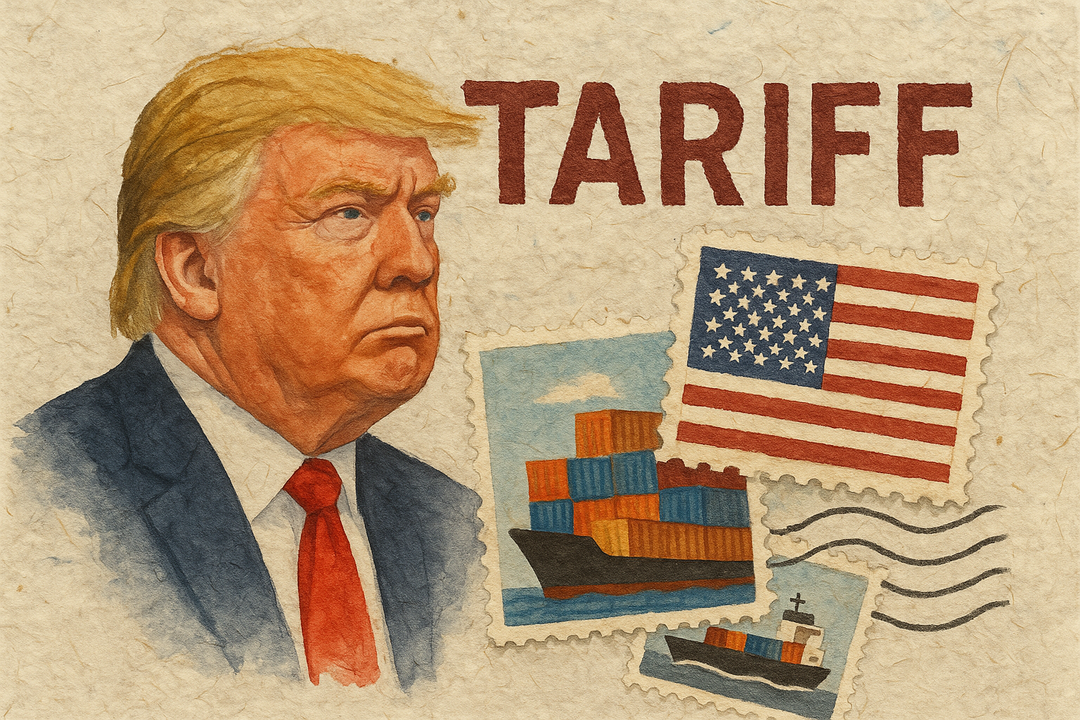The difference between Washi, Hanji, Sangpi, Rice Paper, Mulberry Paper, and Kozo Paper
There is no difference. That's the end of the story.
Well, not quite. Seriously though, distinguishing between these types of paper is as challenging as telling apart various types of French baguettes – it's quite confusing. Let's define each type of paper.
Click here to explore our collection of 250+ Mulberry papers

Washi – This traditional Japanese paper is made using fibers from the inner bark of the gampi (genus Wikstroemia), the mitsumata (Edgeworthia Chrysantha), or the kozo plants (Broussonetia Papyrifera). The kozo plant, also known as the paper mulberry, is predominantly used in washi production.
Hanji – Known as traditional Korean paper, Hanji is crafted using the same inner bark of the paper mulberry tree, referred to as 'dak' in Korean. It's a staple in Korean art and crafts.
Sangpi – Originating from the Han Dynasty (202 BC – 9 AD), this traditional Chinese paper is also made from the paper mulberry tree's inner bark. With its long history, Sangpi is the ancestor of both Washi, Hanji, and Xuan paper (a fine traditional Chinese paper for calligraphy and painting).
Rice Paper – This term generally refers to various papers from Asian countries, regardless of the specific pulp and fiber used. Ironically, most 'rice papers' are made from the paper mulberry tree, not rice plants.
Mulberry Paper and Kozo Paper – These terms straightforwardly refer to papers made from the inner bark of the paper mulberry tree. They differ slightly from Washi, Hanji, and Sangpi, as they are not necessarily made using traditional methods. That's precisely why we named our company 'Kozo Studio' - some of our papers are made using time-honored methods, while others are innovatively crafted using unique techniques.
In essence, these papers are similar, 90% of the time using the very same paper mulberry tree fiber. The production methods for most mulberry papers are also largely identical. In fact, when our papers are sold in Japan, they are labeled as Washi, while in Korea, they're called Hanji. Our Western clients know them as Mulberry Paper or Rice Paper, and here in Thailand, we call them Saa Paper.
No matter the name, the most important aspect of these papers is that they are made with love and care by skilled artisans worldwide.
At Kozo Studio, we proudly offer over 250 exquisite mulberry papers, each crafted with a deep commitment to quality. Explore our diverse collection by clicking the link below.







